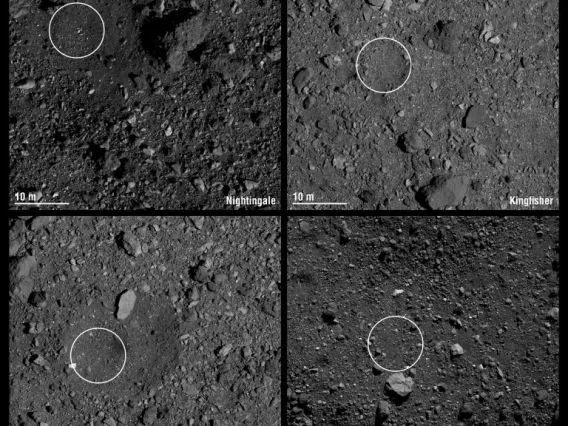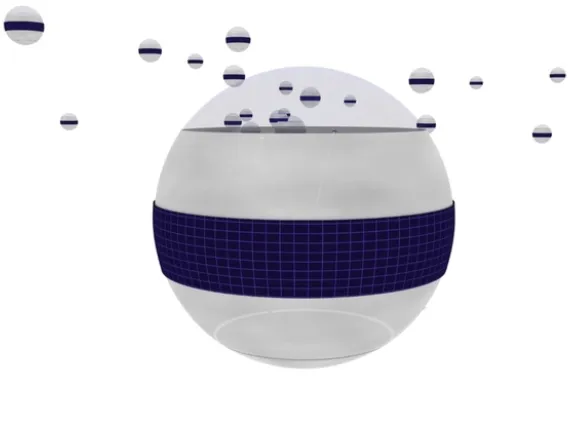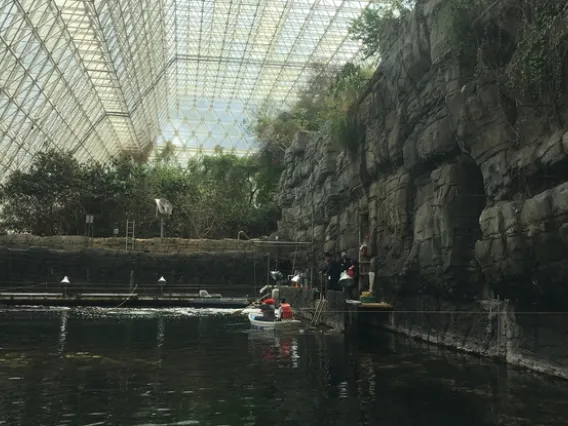LPL Newsletter: September 2019
Sunday, September 1, 2019
This month’s newsletter highlights the breadth of LPL science, including spacecraft missions, telescope observations, advanced concepts, and education.
The OSIRIS-REx team is within a year of taking a sample of the near-Earth asteroid Bennu. The time for asteroid-wide surveys is over, and now the focus is on just a few potential sampling sites.
LPL's Catalina Sky Survey has been the most productive asteroid survey telescope for the past dozen years, but their detailed scans of the sky every night can be put to other uses as well. This year, they’ve started searching for the visible signs of the mergers of cosmic heavyweights like blacks holes and neutron stars, mergers that show up as gravity waves in the LIGO detector.
While current missions and projects are productive, scientists like Daniel Apai are trying to figure out the concepts for the next generation of analytic instruments. Professor Apai is working on large, but lightweight, space-based telescopes that can better study the atmospheres of the planets around other stars.
And who will make use of these advanced concepts? Today’s students. Our final story is of a group of undergraduates from Japan and Arizona converging on Biosphere 2 for a space camp, sponsored in part by Arizona Space Grant, which is headquartered at LPL.
I hope you enjoy reading these fascinating stories. Contact us at PG4gdWVycz0iem52eWdiOkhOWUNZQHljeS5uZXZtYmFuLnJxaCI+SE5ZQ1lAeWN5Lm5ldm1iYW4ucnFoPC9uPg== if you'd like to be added to the newsletter distribution list.

NASA Mission Selects Final Four Site Candidates for Asteroid Sample Return
Four locations on the asteroid Bennu have been selected as potential sample sites for the OSIRIS-REx spacecraft.

Best of Both Worlds: Asteroids and Massive Mergers
University of Arizona researchers are using the Catalina Sky Survey’s near-Earth object telescopes to locate the optical counterparts to gravitational waves triggered by massive mergers.

A New Lens for Life-Searching Space Telescopes
UA researchers have designed a new kind of telescope that is a cheaper, lighter and more powerful option than creating telescopes using ever-larger mirrors. With a fleet of the newly designed space telescopes, they aim to scour a thousand worlds for the chemical signatures of life.

Today's Students are Tomorrow's Space Explorers
Ten students from Japan and Arizona gathered for the first official Space Camp at Biosphere 2, where they designed Biosphere 3 to sustain life on Mars.

